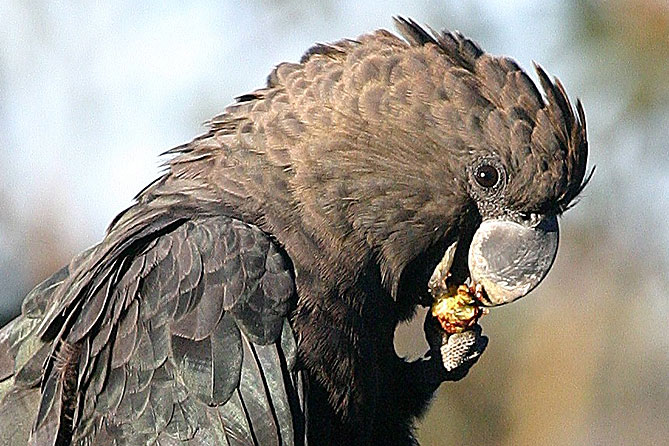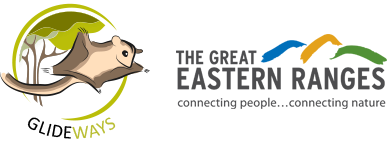Why Gliders?
Gliders are a unique and special part of our landscape.
Relinking the landscape
K2W is home to five of the six glider species found in Australia – the Squirrel Glider, Yellow-bellied Glider, Feathertail Glider, Sugar Glider and Greater Glider. The Mahogany Glider does not live in the area, however it does occur in other parts of the Great Eastern Ranges of which the K2W Link forms an integral part.
Sadly, populations of these unique animals are falling due to habitat loss and fragmentation. If we do nothing to assist gliders, populations will continue to fall and we will lose them from our landscape forever.
Through targeted projects in strategic locations we are working to help prevent further losses, whilst supporting the habitat and connectivity needs of the many other plants and animals that share their homes.
By conserving for gliders we conserve other species too
We have selected gliders as our flagship species as besides being an iconic and unique animal, their conservation and habitat requirements closely align with the broader needs of their local environment. These include, sufficient habitat free from pests and weeds, ongoing community involvement in management efforts, and population monitoring. This means that by meeting the needs of gliders we are also supporting the other plants and animals that share their homes such as Spotted-tailed Quolls, Flame Robins and Koalas.
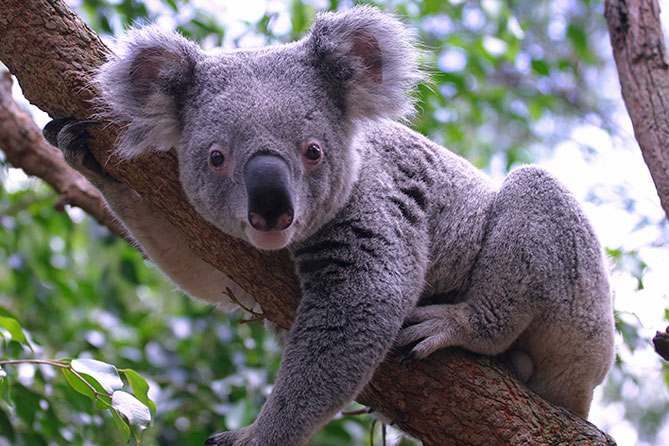
Koala
Once widespread across Australia, koalas in NSW have declined by 30% in the last twenty years. Eighty percent of these remaining koalas live outside of protected areas, generally in eucalypt woodlands on private and public land. Landholders can therefore play a vital role in helping to conserve the marsupial by protecting existing habitat on their land or planting paddock trees.
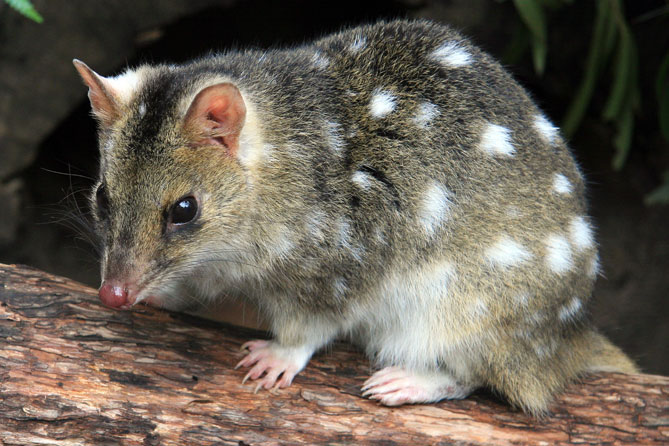
Spotted-tailed Quoll
This endangered animal with its spotted reddish brown fur is the largest marsupial carnivore left on the Australian mainland. A formidable hunter, quolls are built for climbing with a long tail for balance, sharp curved claws, ridged pads on the feet and opposable clawless thumbs on their hind feet. Revegetation to relink habitat and management of feral animals are vital conservation measures.
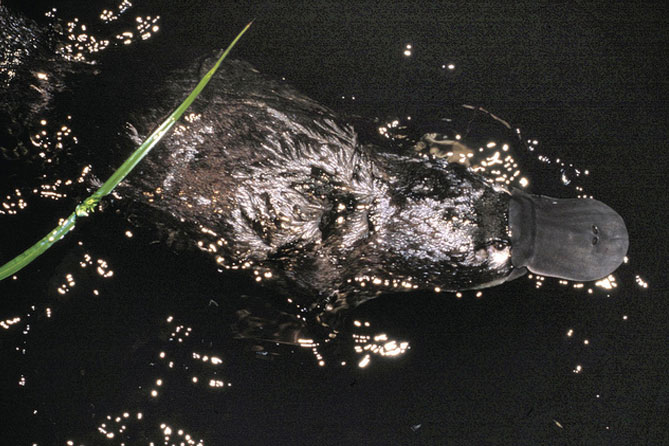
Platypus
Inhabiting the waters and banks of rivers, creeks and lakes, the Platypus is one of only five species worldwide which lays eggs and suckles its young. The Platypus has a voracious appetite, capable of consuming its own weight in insect larvae, worms or other freshwater invertebrates every day. Because of the quantity of invertebrates consumed, the Platypus is an excellent indicator of water quality and good management of river habitat and of the health of the wider catchment area.
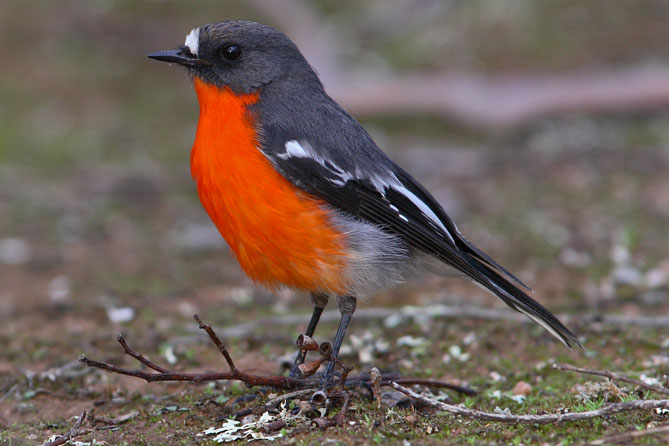
Flame Robbin
The spectacular male Flame Robin sports a bright orange breast, whilst the drabber female is predominantly grey-brown. The birds feed on insects, spiders and small millipedes which they pounce upon from exposed lookouts. Robins lay up to two clutches of pale green or blue eggs spotted with brown marks each breeding season, which they keep safe in a small grass and bark cup nest bound with spiderwebs and decorated with lichen. Conservation measures include protection of existing habitat and revegetation to create stepping stones across the land.
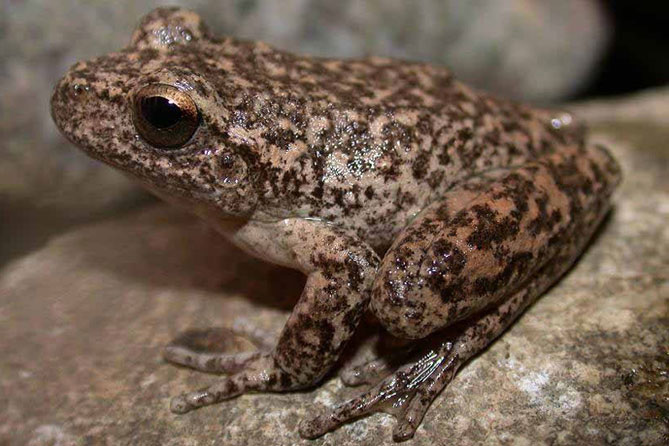
Boorolong Frog
The petite Boorolong frog measuring a diminutive 45mm, is a stream-dwelling amphibian restricted to NSW and north-eastern Victoria. The frog breeds between late winter through to summer when males make a distinct “quirk…quirk…quirk” call to attract females. Eggs hatch a mere four to seven days after laying, with tadpole development taking an average of 75 days. The species was once abundant, but drastic declines have occurred in the Central Tablelands and Southern Tablelands. Grazing management and revegetation of stream banks can assist to reduce future losses.
